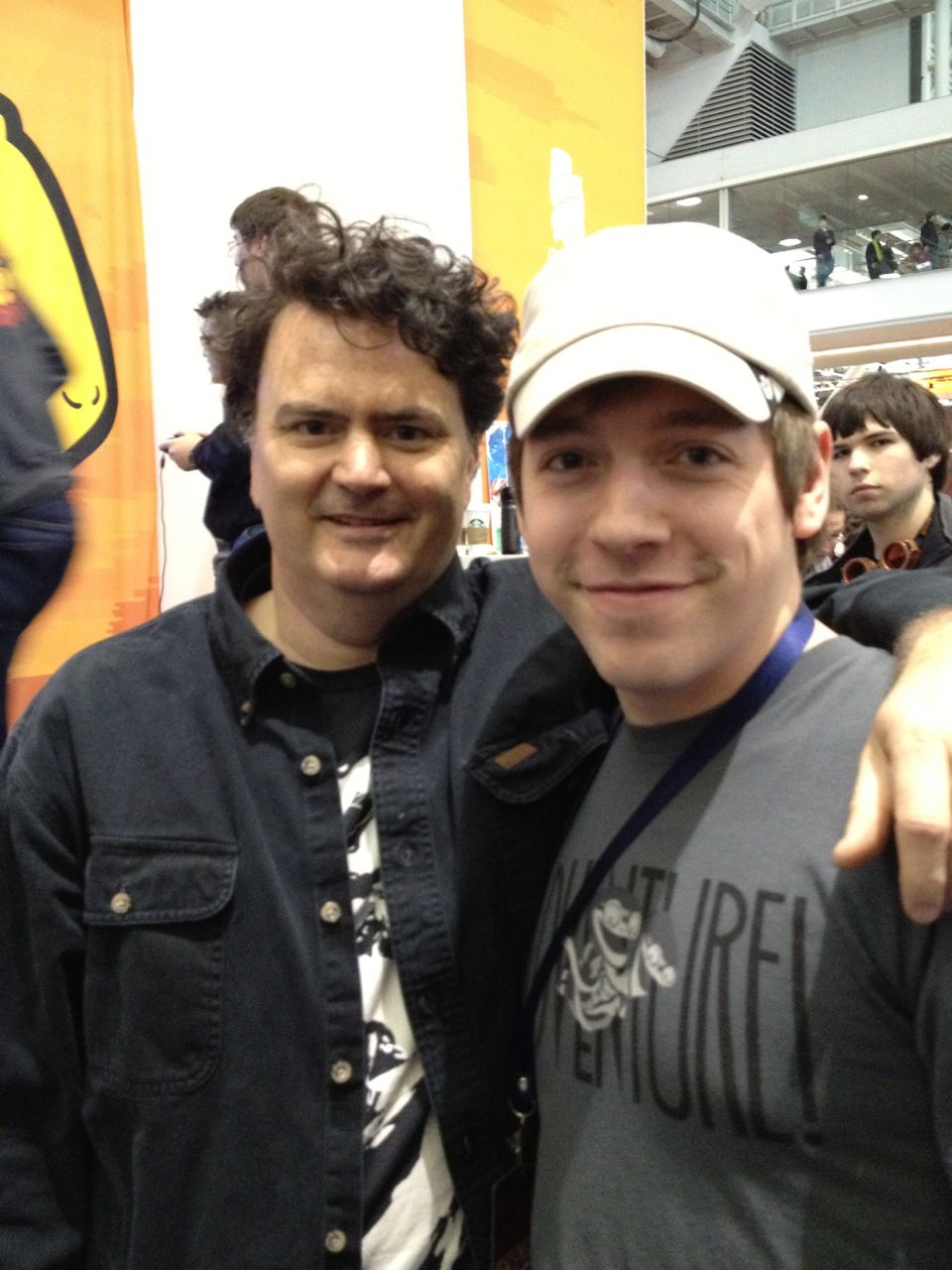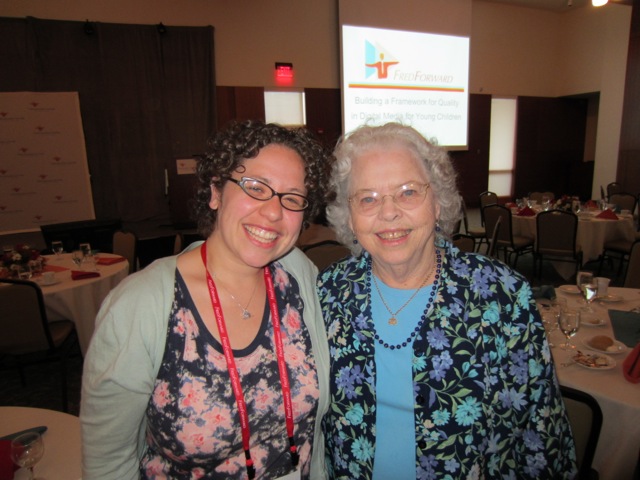Every year PAX East opens its doors in Boston to anyone linking arms with the gaming industry. More than 60,000 swarm into our city: many are costumed, though many are not. Amidst the fanfare, the games, the controls, the booths, and the buzz there's one thing that holds the three-day extravaganza together: passion. Often you'll overhear people staring at each other (mouth slightly drooling from over-stimulation from all the lights) and saying, "What do you wanna check out??"
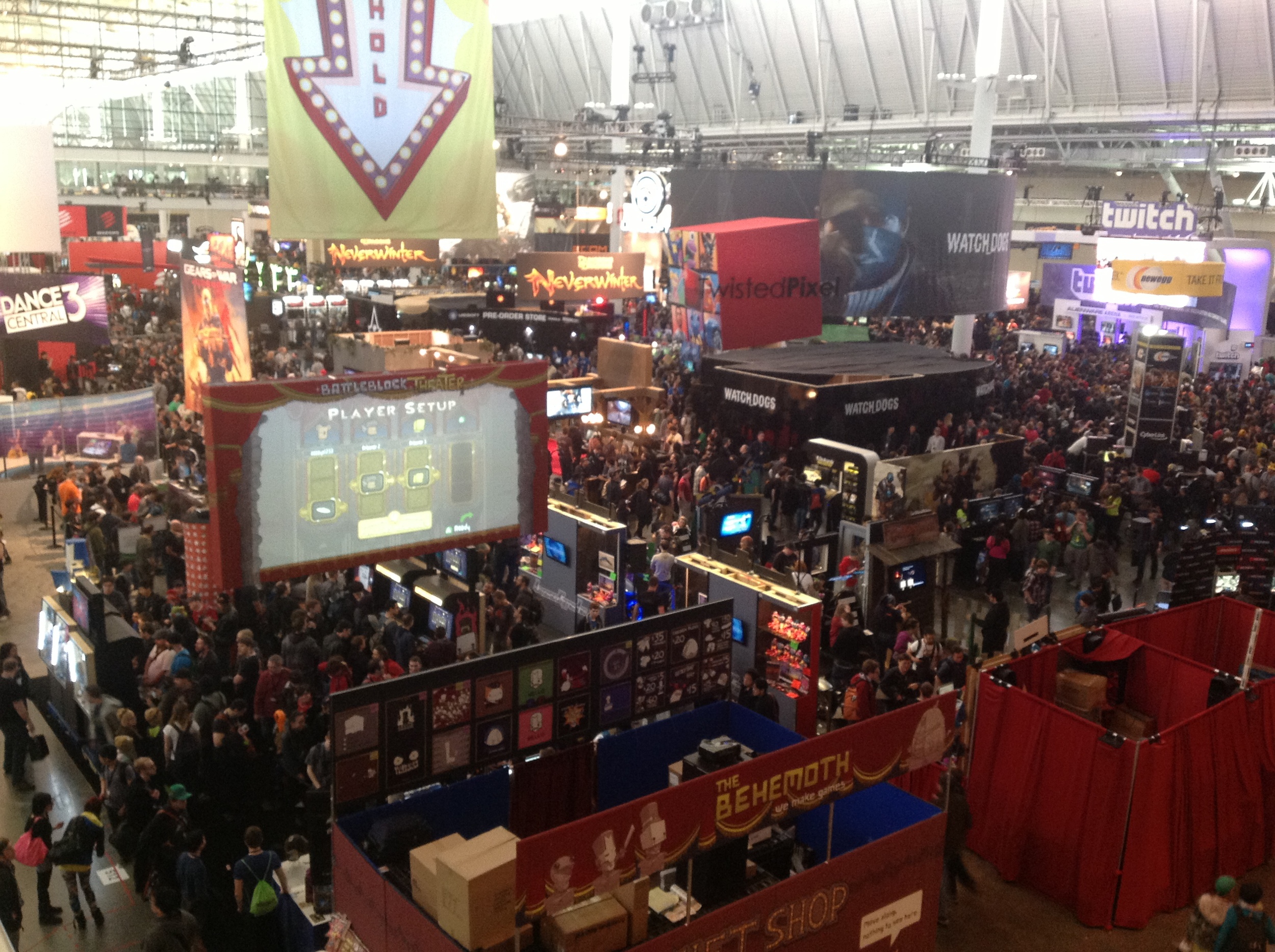
But there's a lot more there than just gamers looking at games. Though the primary focus is on games, there's also massive networking action as well. It's an opportunity to connect with fans, publishers can find potential clients, prominent people in the industry walk around in the wild. It's a convention that's by gamers for gamers. Several FableVisionaries joined the masses. Here's their report.
Tami | Artist/Animator:
Out of all the attractions at PAX, even though the big-name game companies had the largest, flashiest and loudest booths, I found the growing Indie Megabooth the most inspiring. I kept being drawn back there for fear that I had missed some hidden treasure. And I think I still managed to miss some. They are small, intimate, the developers are right there to talk to, and though they don't make much money, the games themselves are much more innovative and unafraid to explore what's possible, both functionally and artistically. I was very happy to see a lot of 2D art and design.
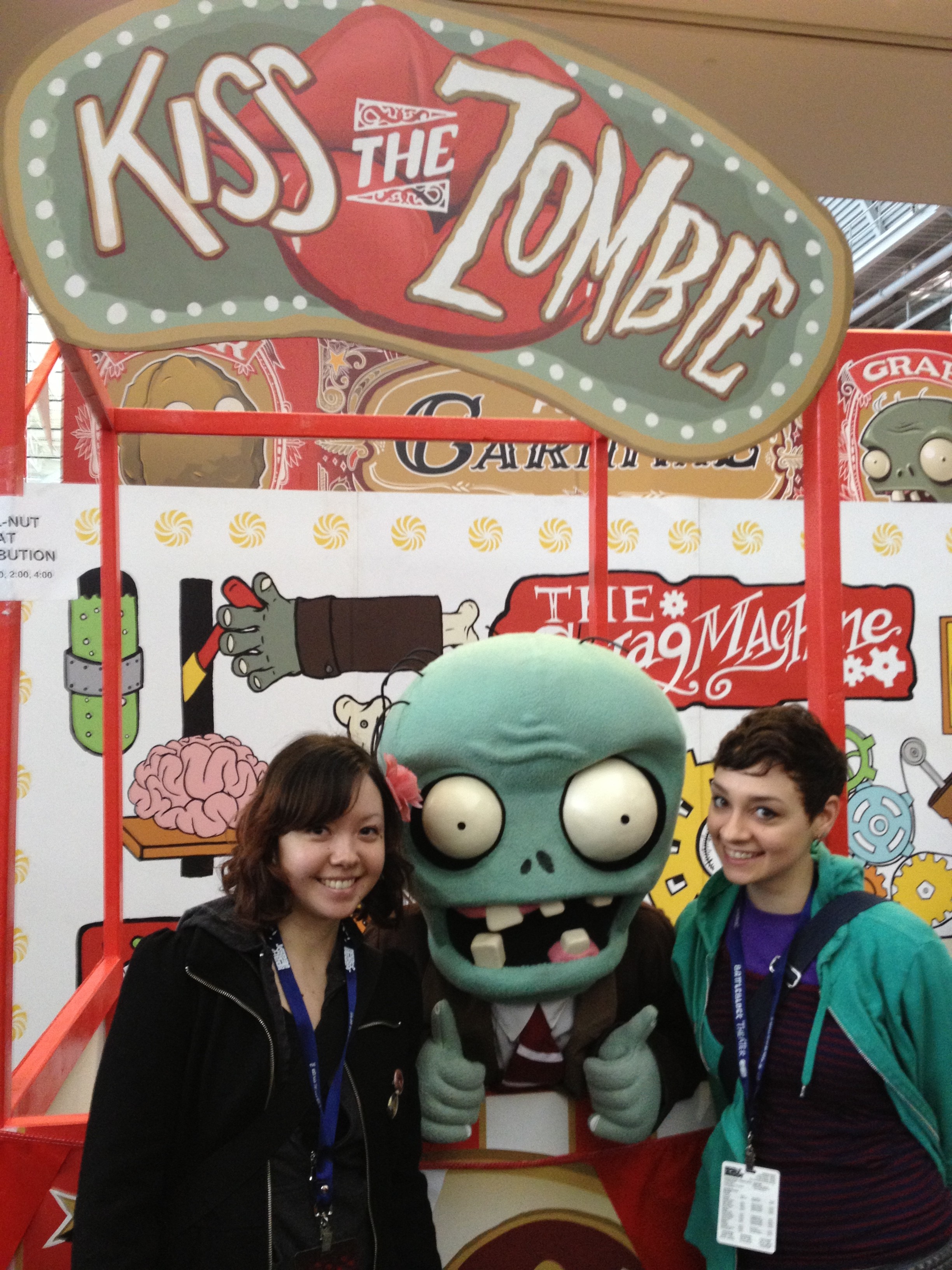
Some indie games that stood out: Tengami, Guacamelee, Apotheon, Don't Starve
Taryn | Production Assistant:
The smaller studios and indie games definitely had the most variety of gameplay and artistic styles, which was really refreshing to see when most of the bigger studios are focused on subtle variations of the same tried and true theme. The Indie Megabooth had the most excitement and the most innovation, a creative bubble in the midst of the larger booths. Having the smaller companies mixed in with the larger ones gave them a leg up in a competitive industry, and made their games viewable to the fans who were drawn there for more well-known games.
Another great aspect of PAX was the tabletop game room. It's a place where people can play games together just for the love of games and have fun.
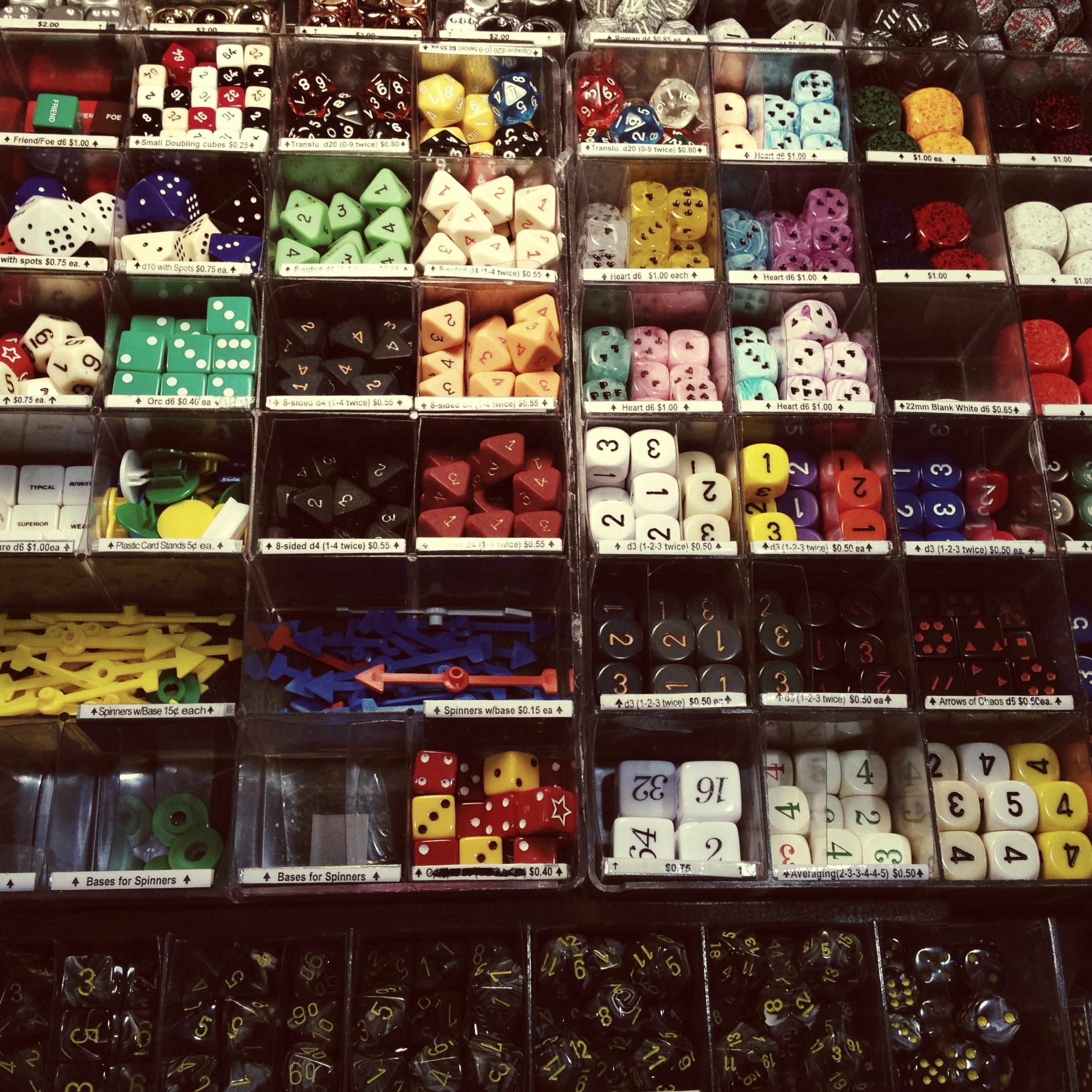
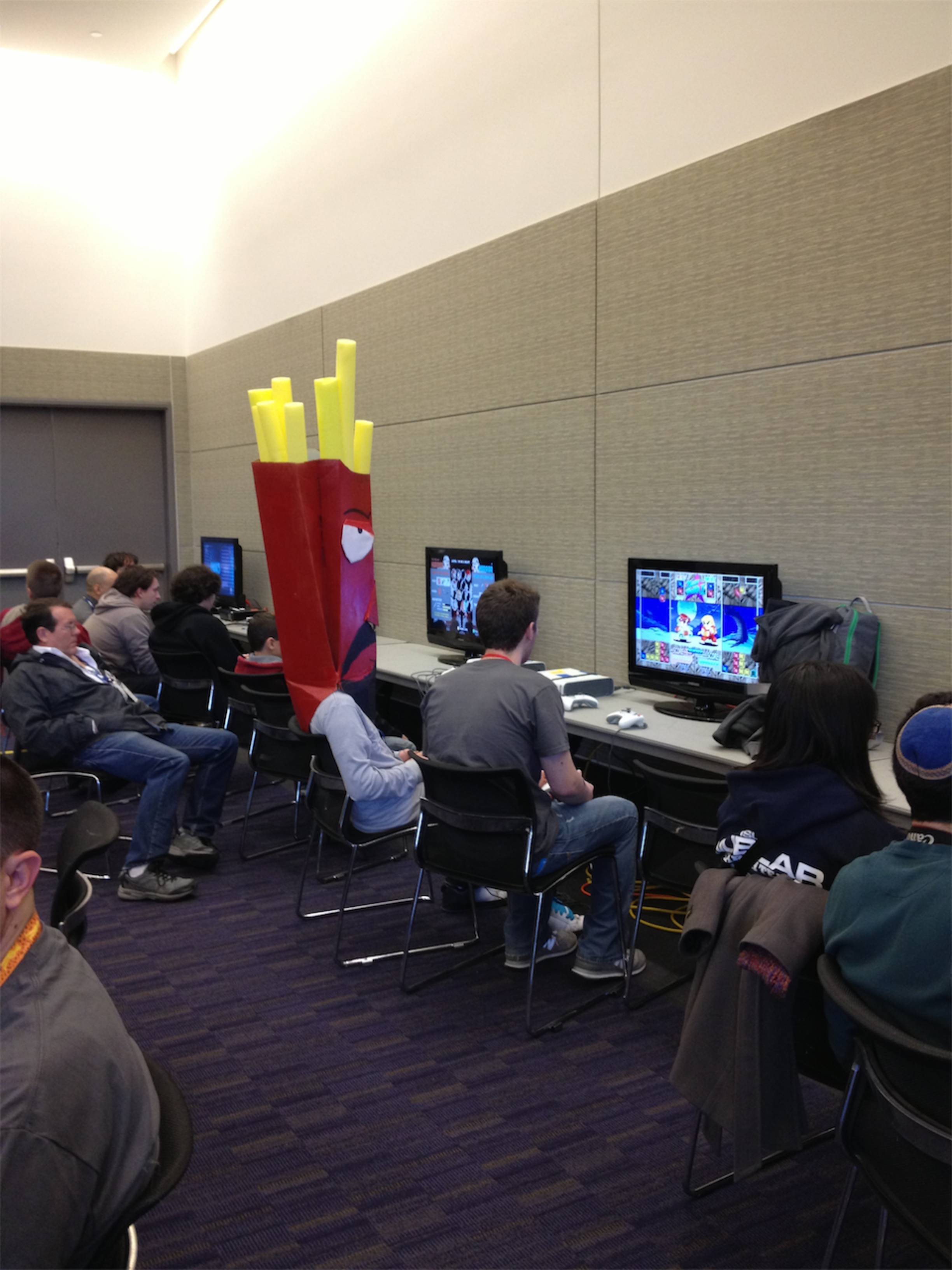
John | Creative IT & QA Specialist:
There was a lot to see, and even more to learn from at PAX. I saw a lot of people pouring their hearts and souls into their passions solely for the sake of chasing those passions. Meeting indie developers is always a breath of fresh air in the industry. The way they explain their games is often so full of passion, because they live for that game.
Jordan | Production Assistant:
I'd have to say that my favorite part of PAX (aside from seeing a friend wear 30 free 2XL-sized T-shirts at once) was the misleadingly-titled "I'll Show You Mine If You Show Me Yours" panel. In it, a group of experienced game developers showed videos and told stories of their very first bug-filled attempts at games. Even for someone who doesn't make games, it was a great reminder that failure is a natural part of the creative process.
Renee | Lead Artist:
The best part of my experience at PAX East was meeting Tim Schafer from Double Fine. He's one of the co-creators of my most favorite games of all time, Day of the Tentacle (circa 1993!) He signed my floppy disk. So awesome.

Hannah | Artist/Animator:
My take away from PAX East was inspiration. I was lucky to witness a panel on how Games Designers are Defining the Next 50 Years of Education. It was a discussion by Steve Swink who worked with the Bill and Melinda Gates Foundation on a game for schools called "Doctor's Cure." Besides the interesting take he had on using games to educate kids and get them involved in their own education, he said something to think about: the importance of everyone learning programming language. He made the point that as we progress with our technology it's becoming more and more important to know and understand programing. He argued that it's something we should be teaching our kids (and ourselves) because not knowing programming language is leading to it's own sort of illiteracy of the tech driven world around us.
Keith | Lead Artist:
Some of the big take aways from PAX this year for me were (these aren't exclusive to the Indie Megabooth):
Media Molecule's new PS Vita game called "Tear Away." The player controls a paper hero running in a paper world, but utilizes some of the unique features of the Vita -- tapping on the device, blowing air, etc. The style is BEAUTIFUL, and worth checking out, especially if you're a fan of paper craft.
Capy's new game called "Super Time Force" -- a throwback side scrolling shooter in the same vein as Contra. One of the unique aspects of this game is the ability to go back in time and correct your mistakes. Piggybacking on that mechanic, you can choose characters with unique abilities to strategically play through, then time warp back and play through simultaneously with your previous self. It's a trip for sure and really fun to play.
Carbine Studios' new MMO "WildStar" -- I've been following artist "Cory Loftis" for a long while and has been a big inspiration to me and my work. When he announced he had been working on a game a while back, I was thrilled. I'm happy to say that his art style translated over REALLY well into the 3D space and the world Carbine has created is amazing. It's a perfect blend of next gen -- while still keeping it stylized, colorful, and cartoony. I got a chance to talk to some of the team members working on it -- they're a great team making a great game.
DoubleFine (founded by Tim Schafer) was sharing a booth with Capy, they were talking about their Kickstarter adventure game called "Broken Age." Last year they announced that they would be creating a new Adventure Game, much like the good old days (Day of the Tentacle, Secret of Monkey Island. They set their goal at $400,000 -- and ended up shattering that goal at almost $3.5 million. I also got to meet Tim Schafer which was pretty awesome.
